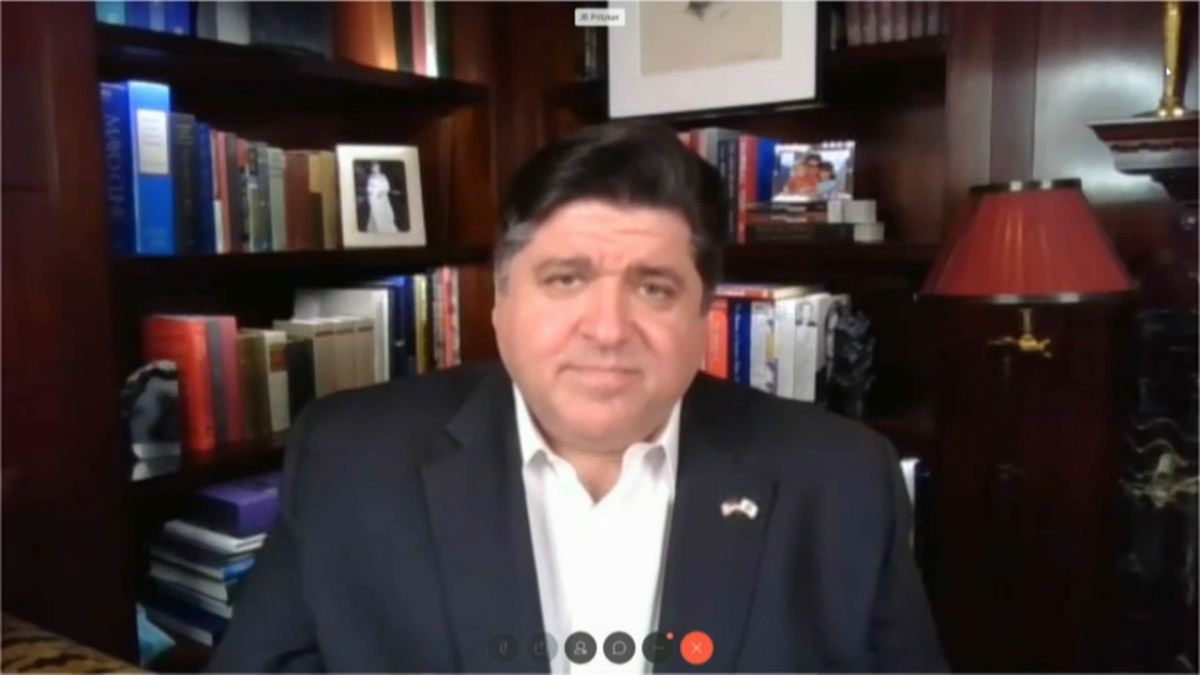GoofGoof
Premium Member
Speaking from experience during the stay at home orders, I may have starved if it was curbside or delivery only for groceries...not really because DoorDash was still going strong, but assuming restaurants had to close too even for takeout I would have been stalking that deer who comes up to my fence every dayI have to agree with @GoofGoof here (shocking, I know). The stay at home orders in the US were never really lockdowns in the sense that China locked down Wuhan. All they did was defined "essential" business and activities that were allowed to operate.
I'm not sure if anybody has brought a court challenge yet but I do not believe that measures which treat "essential" and "non-essential" businesses differently are constitutional. In the USA, we are guaranteed "equal protection" under the law by the constitution. To me, that clearly means either all businesses can operate under the same restrictions or no businesses can operate. People would still be able to eat if you forced grocery stores to do curbside pickup only so the argument that we will starve if you treat them the same as restaurants goes out the window.
My position has been that we should open as much as we can with safety protocols and as cases spike we pull back. Same plan we had in April but really didn’t follow most places. I feel like today we know a lot more of the higher risk stuff so if you start by eliminating that first there’s no need to eliminate all activity. If cases surge like they are right now some places, pull more and more back until it’s reduced. It worked many places this summer during the sun belt spikes. We pulled back on indoor dining and bars and in some states gyms and movie theaters and the cases dropped. We didn’t need to go as far as limiting all non-essential activity.



